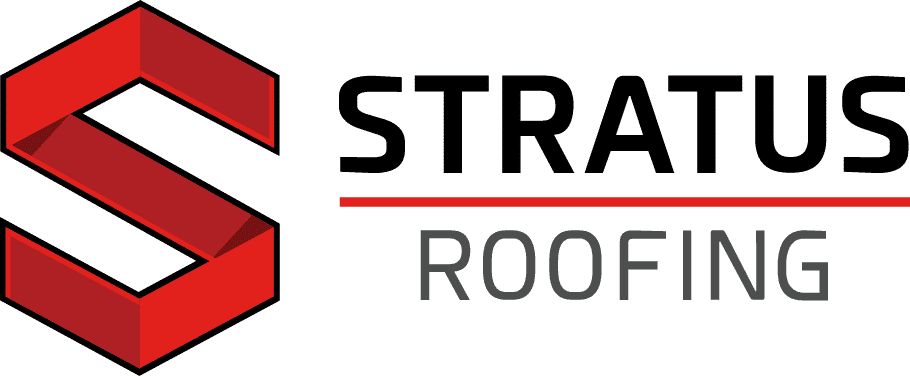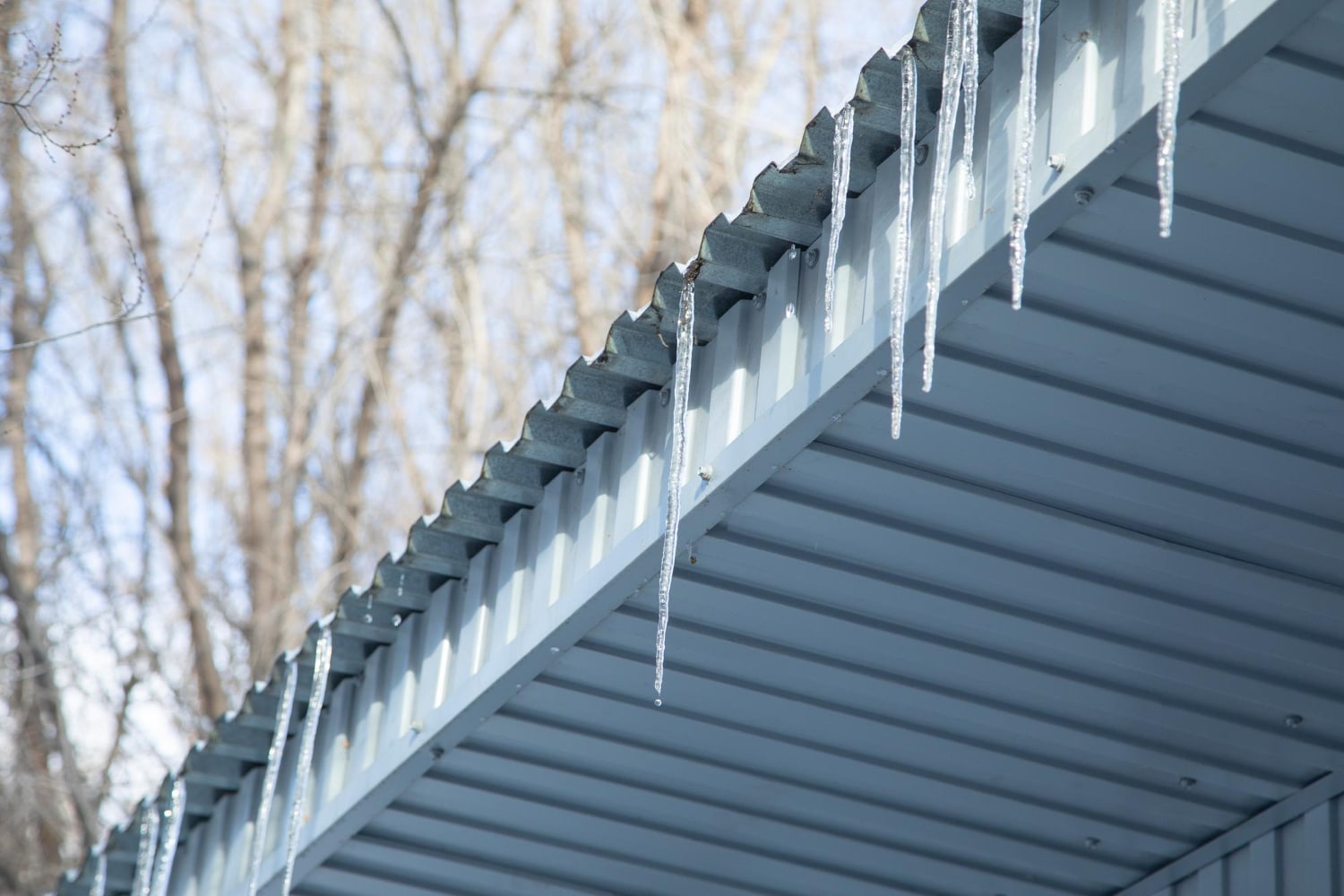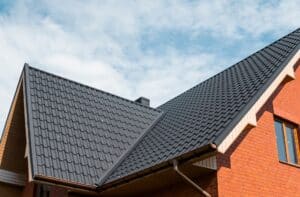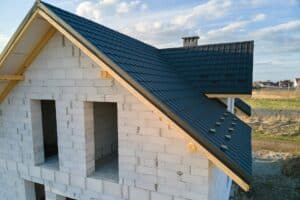Winter weather can be tough on metal roofs. Ice buildup, especially ice dams, can create big problems if your roof isn’t ready to handle the cold. Ice dams happen when snow melts and then refreezes at the roof’s edge, blocking proper drainage and causing water to back up. This can lead to leaks and even structural damage if not addressed.
To keep your metal roof in great shape through the snowy months, it’s important to understand how ice forms and what you can do to prevent it. Taking proactive steps before winter sets in can save you from costly repairs later. Checking for vulnerable areas, ensuring good drainage, and having the right tools are essential for protecting your roof.
A good maintenance routine doesn’t stop with preparation; it includes regular inspections and safe snow and ice removal practices. By keeping an eye on your roof’s condition and removing ice safely, you can prevent potential problems and ensure your roof protects your home all winter long.
Understanding Ice Formation on Metal Roofs
How Ice Dams Occur
Ice dams often form when snow on a roof starts to melt and then refreezes at the roof’s edge. This process usually happens because of varied roof surface temperatures. Warmer attic air can melt snow despite freezing temperatures outside. As melted water flows down, it hits colder spots, refreezing near the eaves. This ice build-up creates a barrier, trapping more water behind the ice. Water trapped by an ice dam can leak into your home, causing damage to ceilings, walls, and insulation.
Impact of Ice on Metal Roofs
While metal roofs are designed to handle snowfall effectively, ice can still pose significant challenges. The weight of accumulated ice can strain the roof structure, especially if the roof isn’t engineered to support heavy loads. Ice can also block gutters and downspouts, leading to water pooling on the roof. This water can seep into seams or other weak points if not properly sealed, resulting in leaks. Metal roofs, if left untreated, can suffer from rust and structural issues due to prolonged contact with ice and moisture.
Preparing Metal Roofs for Winter
Inspecting for Vulnerable Spots
Before winter sets in, it’s vital to inspect your metal roof for any weak points or potential problem areas. Check for loose or missing screws, as these can be entry points for water. Look for any signs of rust or corrosion that might compromise the roof’s integrity. Pay special attention to seams and joints where panels meet, as these can be vulnerable under heavy snow and ice. Fixing these problems before they become serious can save you from costly repairs later.
Ensuring Proper Drainage Systems
A proper drainage system is crucial for preventing ice build-up on your metal roof. Begin by making sure gutters and downspouts are clear of leaves and other debris. This ensures that water flows freely and doesn’t back up onto the roof. Consider installing gutter screens to catch debris and minimize clogging. Make sure your downspouts direct water away from your foundation. Proper drainage helps prevent ice dams and reduces the risk of water damage by keeping water moving off your roof efficiently.
Effective Tools and Strategies for Ice Prevention
Heat Cables and Snow Guards
Heat cables are a great solution for preventing ice from forming on metal roofs. These cables are installed in problem areas where ice dams frequently build up. By providing mild heat, they help keep the edges of your roof clear, allowing snowmelt to drain off smoothly. Snow guards are another effective tool. They hold snow in place to allow it to melt slowly, preventing large masses from sliding off your roof all at once, which can be dangerous and damaging.
Recommended De-Icing Products
When it comes to de-icing products, selecting the right ones for your metal roof is crucial. Use products specifically designed for roofs, as they are less likely to cause corrosion or damage to metal surfaces. Calcium chloride is a popular choice because it effectively melts ice without causing visible damage to roofing materials. It’s important to apply these products according to manufacturer instructions for the best results. Regular monitoring will ensure your roof remains safe and functional throughout the winter.
Regular Maintenance Practices for Ice Damage Prevention
Routine Roof Inspections
Regular inspections are vital to keeping your metal roof in top shape during winter. Check for any signs of wear, tear, or damage that might make areas more susceptible to ice build-up. Keeping a routine schedule for these checks allows you to tackle small repairs before they escalate. It’s also wise to inspect your roof after heavy snowfalls or ice accumulations to spot any immediate concerns.
Safe Snow and Ice Removal Techniques
Removing snow and ice from your roof should be done safely to avoid harm and roof damage. Use specialized roof rakes with long handles, so you can work from the ground. These tools are designed to effectively clear your roof without damaging it. Never use sharp tools or salt directly on metal surfaces, as they can scratch the material and cause corrosion. If there’s excessive build-up, consider calling professionals to handle the task safely and efficiently.
Conclusion
Maintaining your metal roof during winter calls for vigilance and the right strategies. By understanding how to prevent ice formation and conducting regular maintenance, you can protect your roof from potential damage. Incorporating tools like heat cables and snow guards will also arm your roof against harsh winter conditions. Taking the time to routinely inspect your roof and clear it of snow and ice safely ensures its health and longevity.
Stratus Roofing can provide the expertise you need to keep your roof in perfect condition all winter long. Contact us today to discover how we can help secure your home against the challenges of winter weather with our comprehensive metal roofing services. Your roof’s resilience is our priority!







